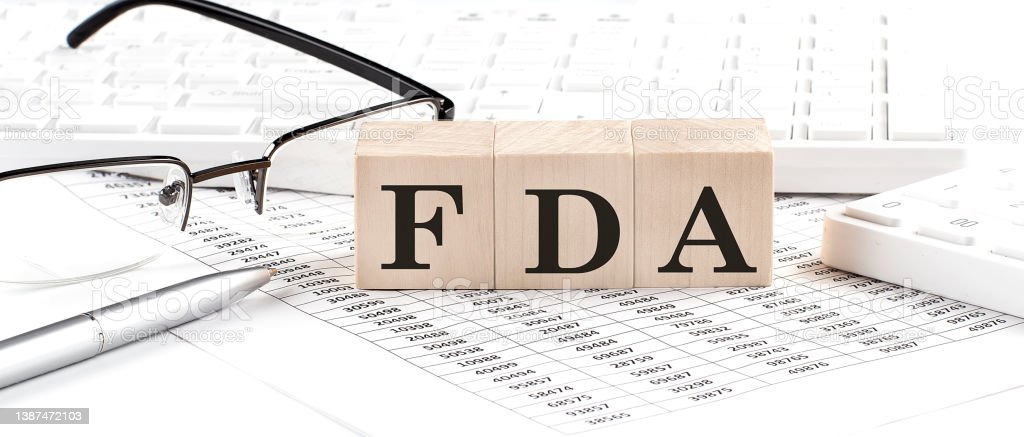1. Introduction
- Brief overview of the purpose and importance of an emergency response plan.
2. Scope
- Define the scope of the emergency response plan, including the types of emergencies it covers and the areas or departments within the organization.
3. Responsibilities
- Identify key roles and responsibilities for emergency response, including:
- Emergency Response Team (ERT) members
- Department heads
- Employees
- External emergency services
4. Emergency Types
- List and describe various types of emergencies that may occur, such as:
- Fire
- Natural disasters (e.g., earthquake, flood)
- Medical emergencies
- Chemical spills
- Security threats
5. Pre-Emergency Preparedness
- Procedures for proactive measures to minimize risks, including:
- Employee training and drills
- Regular equipment maintenance and inspection
- Emergency contact list updates
- Evacuation route mapping
6. Emergency Response Procedures
- Step-by-step guidelines for responding to different types of emergencies, including:
- Initial assessment and notification procedures
- Evacuation procedures
- Medical assistance protocols
- Hazard containment and mitigation measures
- Communication protocols with emergency services
7. Evacuation Plan
- Detailed evacuation procedures, including:
- Evacuation routes and assembly points
- Procedures for assisting individuals with disabilities
- Headcounts and accountability measures
8. Communication Plan
- Protocols for effective communication during emergencies, including:
- Internal communication channels
- External communication with emergency services
- Use of communication equipment (e.g., two-way radios, megaphones)
9. Post-Emergency Procedures
- Steps to take after the emergency has been resolved, such as:
- Debriefing sessions
- Incident report documentation
- Follow-up actions to prevent future emergencies
10. Training and Drills
- Schedule and conduct regular training sessions and drills to ensure preparedness and familiarize employees with emergency procedures.
11. Review and Revision
- Establish a process for regular review and revision of the emergency response plan to reflect changes in the organization, technology, or regulations.
12. Documentation
- Maintain accurate records of all emergency response activities, including drills, training sessions, incidents, and revisions to the plan.
13. References
- Include any relevant standards, regulations, or best practices used in developing the emergency response plan.
14. Appendices
- Supplementary materials, such as maps, contact lists, and forms used in emergency response procedures.
- For more articles, Kindly Click here.
- For pharmaceutical jobs, follow us on LinkedIn
- For Editable SOPs in word format contact us on info@pharmaceuticalcarrier.com
- For more information kindly follow us on pharmaguidelines.co.uk











